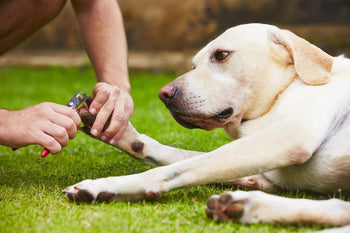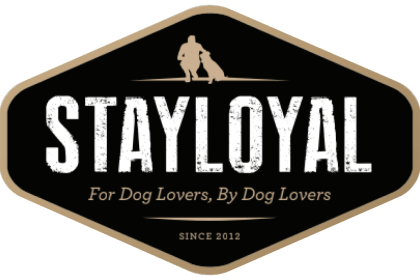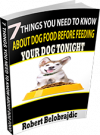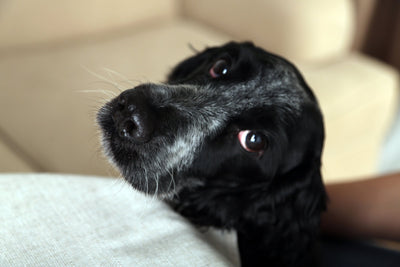Dog Nail Clipping 101

For a surprising number of dogs, nail clipping is a source of great stress and fear. But it is necessary. Dogs whose nails are not kept short by routine clipping can end up with several issues including trouble walking and nails that curl into the paw pad, sometimes requiring surgery to correct. Nails that have grown into the pad can cause infections as well as being terribly painful. Long nails can get caught on things and rip off causing pain and discomfort.
So When Do They Need To Be Clipped?
Your next question is probably, how do I know when they need to be clipped? If your house has non-carpeted floors, then it’s fairly easy to tell when your dog’s nails are getting long. If you hear that “clickety-clack” sound as they walk across the floor, it means the nail is reaching the floor past the foot pad and it’s time to trim them. You can also look at his feet and if the nail has grown to the edge of the pad (or past), it’s time to trim.
NOTE: It’s easiest if you keep the nails short. As the nail grows, the part that contains blood grows as well, making it harder to cut the nail short without causing pain to your dog.
Depending on your dog’s activity level, they types of surfaces she walks on most often and health, you may have to trim as often as once a week, or maybe only once a month.
There are some dogs that may rarely need a trim. Urban pups that walk on rough pavement rarely need nail trims. Dogs that run around on grass or sit in the house all day, may need them several times a month. It’s best to check the length every once in a while and remember to listen for the sound of nails when they walk.
Dog Nail Trimming Tips
But what if your dog hates getting his nails trimmed? Get your dog used to having his paws handled by squeezing them gently with your fingers before you even try to clip his nails. This is especially great to do with puppies before they even need their first nail trim. Whenever your dog does not try to pull his paw away from you, reward him. Then get out the clippers and try to do just one nail. If your dog stands still, reward him. If he pulls away, do nothing (don’t try to console his fear.) Instead, go back to handling his paws with your hands until he is comfortable again. Sometimes you may need to reinforce him for not moving away as soon as you bring out the clippers, depending on your dog’s level of anxiety. For highly anxious dogs, just do one or two nails at a time and then give him a break.
Be sure to use dog nail clippers, not human or cat. If the nails are short, just trim the very tips off. This is the ideal setting. If the nails are long and curled, you may find the blood in the nail is where you need to trim to. When this happens, you have two choices. You can take your dog to the vet, have him sedated, and they will cut the nails back, past the blood. This is the quick way, though not exactly comfortable for your dog. The other choice is to slowly cut back the nails, cutting right to the blood (but not through it!), which will eventually cause the blood to recede. This takes longer, but is less painful. Consult a vet on which method is best for your pet’s condition.
You should also be looking at the condition of your dog’s nails. Dry, cracked nails can be a sign of many illnesses including but not limited to Cushing’s, cancer or tumors, infection, fungus, malnutrition, etc.
While trimming, look for dry, cracked nails and let your vet know if you notice the nail quality deteriorating. Keeping your dog’s nails short and healthy will keep him happy.
Remember, keeping up on those nails will be easier for you and your dog. The more you do it, the less anxious he will be about it and you can avoid having to cut into the blood. You can also help maintain your dog’s nail health through his diet. A balanced diet should include all the nutrients, to ensure healthy nails, like our Stay Loyal dog food.








